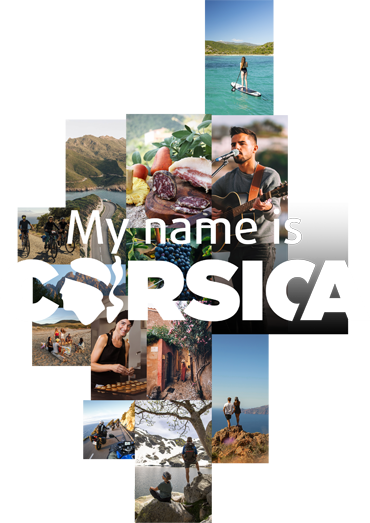Rechercher...
Explore Corsica
Fascinating red coral, the stuff of legend and tradition

 ©ATC
©ATC
Wrapped around the neck, or attached to the wrist on a cord, a closed red fist, polished and shiny, protects every newborn child on the island from the evil eye and promotes fertility. It's a popular belief that has endured through the ages and continues to this day in many families.
A traditional jewel whose story begins with a quest more than fifty metres below sea level. It's a meticulous search with the air of an underwater adventure that only seven fishermen are allowed to experience each year. Corsica is one of the last remaining reservoirs of coral colonies in the Mediterranean, and one of the only places where coral produces its distinctive blood-red colour. It is found only on the rockier west side of the coast.
Along a rock face swept by underwater currents, Jean-Philippe Giordano, a coral fisherman for more than thirty-eight years in the far south of the island, analyses the different colonies to select the most promising. As with all fishing, you have to respect nature and adopt a sustainable approach to avoid plundering the resource. When he spots a branch that's just the right size for his jewellery, Jean-Philippe taps the foot of it with a hammer to get it off the rock. There's no need to take everything; the most important thing is to respect the reproduction cycles to allow the coral to continue its development.
Once you've hit the nail on the head and the dive site has allowed you to collect a few specimens between fifty and one hundred and twenty metres down, the diver begins the ascent, respecting the decompression stops, which sometimes take more than four hours.
 ©ATC
©ATC
Then the work of observation begins. Using a pencil, you must draw the various shapes that you will be able to fashion directly onto the coral's orange skin. There's a heart here, a cross there, a fist, a horn... These are all jewels that he will sell in his Bonifacian boutique and that will determine the total value of the branch.
What only kings used to be able to wear on a ring or around the neck has now been democratised. For Jean-Philippe, the link between Corsica, its people and this coral goes further than belief.
Octopods called polyps capture plankton in the currents and digest it. The result of this digestion is a red limestone skeleton that grows at a rate of two to eight millimetres a year. Red coral has been found in certain tombs dating back to the Neolithic period, when people were already fascinated by its texture and colour. At that time, however, people did not know how to dive. The coral, plucked from shallow waters by storms, was carried by the current to the beaches, cleaned and polished on the sand by the surf. Unlike warm-water corals, Mediterranean coral is not porous, but solid as a rock.
The fisherman assures us that there is a form of magnetism, an energy that has always circulated between this coral and the people who hold it. It accompanies the living, fascinated by its red colour, like an amulet, a good-luck charm that you keep close to your heart. A magnetism as singular as this species belonging to the three kingdoms: an animal that behaves like a plant while creating a mineral.
 ©CORSE MATIN
©CORSE MATIN
WINDY BEACHES
Known for their gale force winds and for surfing and kitesurfing, the beaches around the La Tonnara site offer astonishing gliding and sailing displays.
 ©ATC S.ALESSANDRI
©ATC S.ALESSANDRI
 ©ATC S.ALESSANDRI
©ATC S.ALESSANDRI
But there are also a few moments of respite on these sites. When the wind and swell agree to remain calm, the place is paradise, ideal for a lazy day on beaches and in wild coves.
 ©ATC S.ALESSANDRI
©ATC S.ALESSANDRI
 ©ATC S.ALESSANDRI
©ATC S.ALESSANDRI
Locate
powered by cd-media.fr



